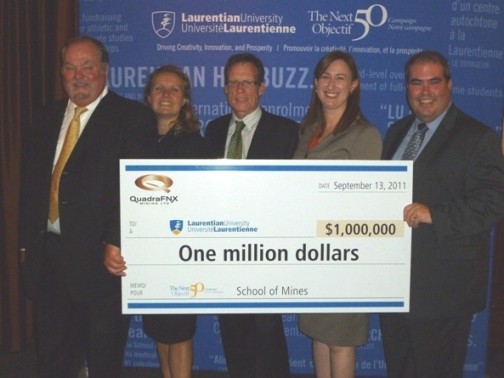Ron Grech is a reporter for The Daily Press, the city of Timmins newspaper. Contact the writer at rgrech@thedailypress.ca
Lake Shore Gold is spending $80 million over the next 14 months to expand the processing mill at its Bell Creek complex near Timmins. Production for the mine has reached a level where it is exceeding the mill’s capacity.
“We need to expand the mill,” said Dan Gagnon, vice-president and general manager of Timmins operations for Lake Shore Gold.
Gagnon along with Brian Buss, Lake Shore’s director of project development and technical services, made a presentation to Timmins council Monday night, detailing expansion plans and targets for production growth.
Lake Shore has three key mining complexes — Bell Creek, Timmins West and Thunder Creek — west of the city plus some other properties just east of Timmins.


























